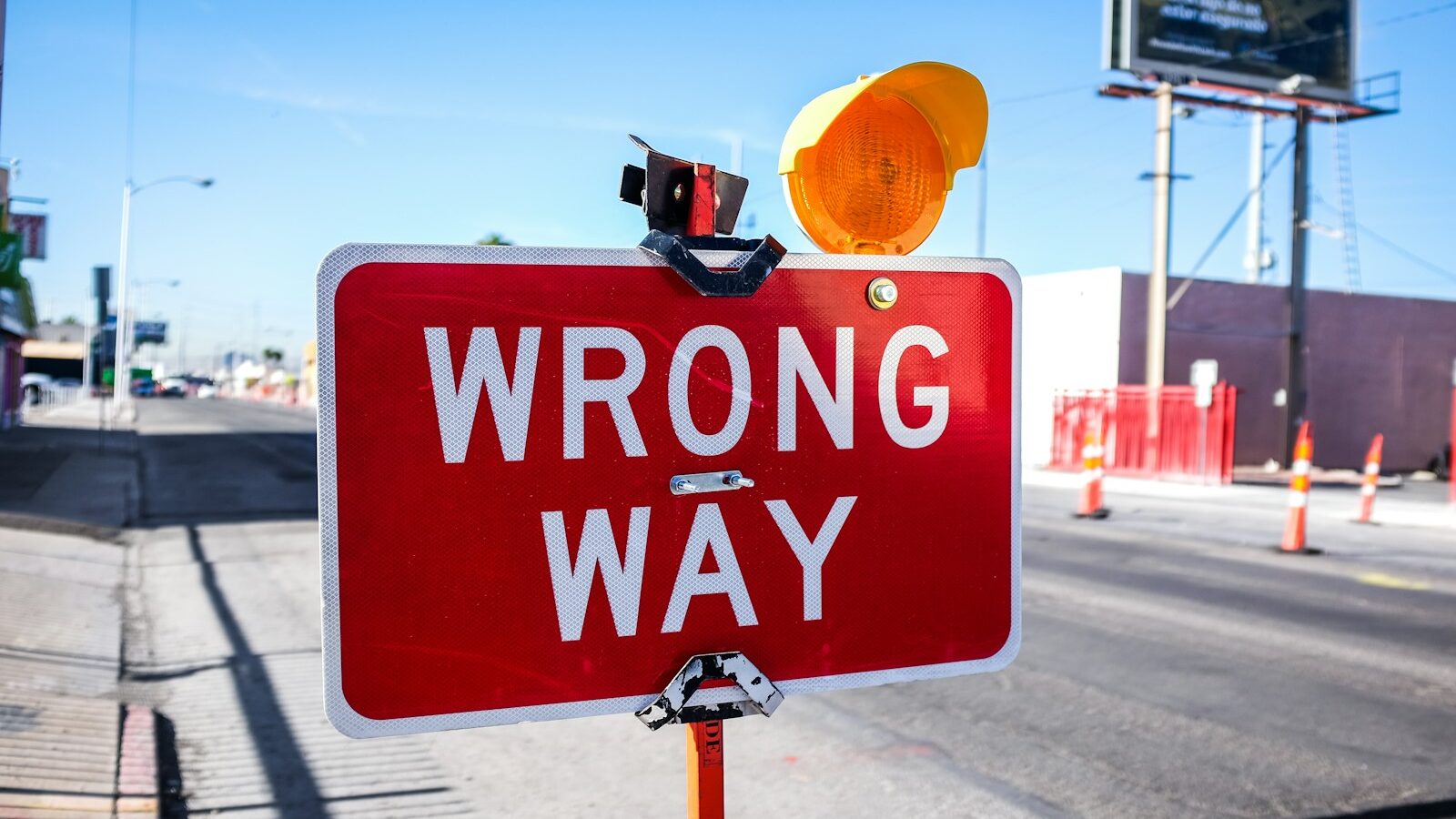I was recently asked if I would like to review Obliquity, by John Kay. Many people have told me what an enjoyable read John Kay’s books are, and having read Alison enthusing about the book right here on HRzone I readily agreed.
The book arrived a few days later. First impressions? I like the cover. Plain and simple with a few snakes and ladders scattered onto a white background. I have to say I find the title “Obliquity” a little…off-putting. Dictionary definitions vary from the obscure to the immoral. Beneath the title of the book sits an intriguing sub-heading, “Why Our Goals Are Best Achieved Indirectly”. And it’s that sub-heading which draws me in. It might not be as snappy as the title, but I get it immediately.
The book is divided into three distinct sections and I’ll review it section by section. Truth be told I’m not the worlds fastest reader and I think the good folk at HRzone are expecting some feedback by now. So – here goes with Part One. “The oblique world: how obliquity is all around us”
But before that….oddly I find a short section sandwiched between the preface and part one, simply title Obliquity. It’s numbered 1. I’m a little confused. Is this part one? No, part one comes a little later. This appears to be simply, 1. This unusual addition throws me a little, nevertheless I begin to read. This short section (only nine pages) is crammed full of stories and references old and new about how objectives are often best pursued indirectly. The main story is about the Panama Canal and it being the shortest link from The Atlantic Ocean to the Pacific, not the straightest. I re-read this section several times because I thought I must be missing something. I don’t think I am, but I do think this is a pretty weak example of obliquity. Undeterred, and feeling a little like a lost explorer, I push on.
Almost immediately, things improve. We’re led through the obliquity of happiness into the profit seeking paradox. And here are some useful, and sobering tales of how big brands, like ICI and Boeing succeeded obliquely (that is to say by following their beliefs and passions first and trusting the goodies will follow), before succumbing to the directness of profit seeking, or creating shareholder value. There are also some enjoyable artistic references. I like the way Durer’s accurate drawing of the hare is contrasted with Picasso’s crazy representation of a cockerel. And when John Kay talks about how Lehman’s CEO Dick Fuld justified his $300m remuneration whilst the bank went bust in 2008, well that just pushed my bonuses drive value destroying behaviour button perfectly.
So for me, part one closes much stronger than it opens. Though I must confess, I’m already detecting a distinct lack of balance to this book. I’m sure there are worthwhile and wholesome tales of where a more direct approach has worked well and sustainably. Maybe we’ll find some in part two.
Or maybe we won’t. Sorry, I tried. I really tried. Part Two started and quickly became more of a drag than a prisoner hauling round a ball and chain. I lost the will to read and just gave up. I haven’t given up on something so half heartedly since I walked out of the Odeon half way through An Officer and a Gentleman way back in 1982. It is not often that I give up on something and in doing so I’m sorry if you feel short changed from this partial review. But sometimes, quitting is better than persisting.
Obliquity. Love the idea, bored to tears by the book.




